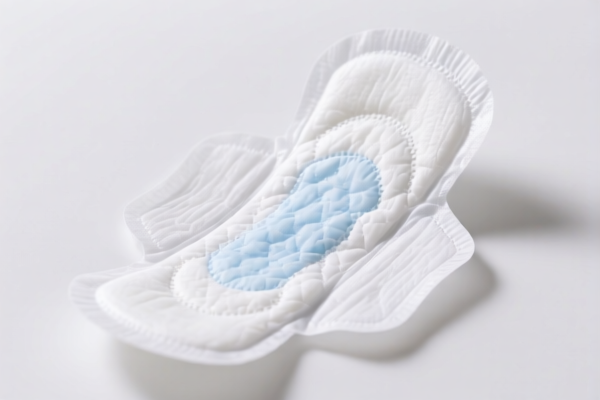| HS Code | Official Doc | Tariff Rate | Origin | Destination | Effective Date |
|---|---|---|---|---|---|
| 3926904000 | Doc | 32.8% | CN | US | 2025-05-12 |
| 3926909989 | Doc | 42.8% | CN | US | 2025-05-12 |
| 3924900500 | Doc | 40.6% | CN | US | 2025-05-12 |
| 3924905650 | Doc | 40.9% | CN | US | 2025-05-12 |
| 9602005080 | Doc | 40.2% | CN | US | 2025-05-12 |
| 3503005550 | Doc | 2.8¢/kg + 3.8%+37.5% | CN | US | 2025-05-12 |
| 9618000000 | Doc | 41.9% | CN | US | 2025-05-12 |




Fake Finger Plastic Model
Fake finger plastic models are representational replicas of human fingers, typically constructed from plastic, rubber, or similar pliable materials. They serve a diverse range of purposes, from novelty items and practical joke tools to specialized applications in art, medical training, and forensic science.
Material
- Plastic: Commonly used for durability and ease of molding. Varieties include PVC, ABS, and polypropylene.
- Rubber/Latex: Provides a more realistic texture and flexibility, often used for lifelike appearance and tactile applications.
- Silicone: Offers a high degree of realism, softness, and detail, frequently employed in professional props and special effects.
- Resin: Used for high-detail, rigid models, often in collectible or artistic contexts.
Purpose & Function
- Novelty/Prank Items: A common use is as a gag gift or for creating illusions and pranks.
- Artistic Medium: Artists utilize them for sculpting, painting, or incorporating into larger works.
- Medical Training: Simulate finger injuries or conditions for practicing splinting, bandaging, or surgical procedures. Can be used for training in suturing or fracture reduction.
- Forensic Science: Used in crime scene reconstruction, fingerprinting practice, or demonstrating injury patterns.
- Prop/Special Effects: Employed in film, theatre, or costume design to create realistic injuries, prosthetics, or body parts.
- Magic Tricks: Integrated into illusions or sleight-of-hand performances.
Usage Scenarios
- Home/Personal Use: Pranks, novelty collections.
- Educational Institutions: Medical schools, forensic science programs, art classes.
- Healthcare Facilities: Training exercises, patient education.
- Entertainment Industry: Film sets, theatre productions, special effects studios.
- Law Enforcement: Crime scene investigation training.
Common Types
- Lifelike Fingers: Highly detailed, realistic models often made of silicone or rubber, designed to mimic human skin and texture. These may include fingernails and wrinkles.
- Anatomical Fingers: Focus on accurate representation of bone structure, tendons, and ligaments, used for medical training.
- Flexible Fingers: Made of pliable materials for demonstrating range of motion or practicing manipulation techniques.
- Severed/Injured Fingers: Realistic representations of finger injuries (cuts, fractures, amputations) for special effects or forensic training.
- Basic/Simple Fingers: Less detailed, often made of plastic, used for general pranks or novelty purposes.
- Finger Puppets: Smaller, stylized fingers used for entertainment or storytelling.
Based on the provided information, the following HS codes may be relevant to “fake finger plastic model”:
- 3926904000: This HS code covers “Other articles of plastics and articles of other materials of headings 3901 to 3914: Other: Imitation gemstones”. While primarily for imitation gemstones, the broader category of “Other” within this heading could encompass plastic models, depending on their specific characteristics and intended use. The total tax rate is 32.8%.
- 3926909989: This HS code covers “Other articles of plastics and articles of other materials of headings 3901 to 3914: Other: Other”. This is a very general category and could apply to plastic models not specifically classified elsewhere. The total tax rate is 42.8%.
- 9602005080: This HS code covers “Worked vegetable or mineral carving material and articles of these materials; molded or carved articles of wax, of stearin, of natural gums or natural resins, of modeling pastes, and other molded or carved articles, not elsewhere specified or included; worked, unhardened gelatin (except gelatin of heading 3503) and articles of unhardened gelatin: Other Other”. If the plastic model is considered a molded or carved article, this HS code may be applicable. The total tax rate is 40.2%.
Explanation of HS Code Structure (based on provided reference):
The HS code is a standardized system used to classify traded products. It is comprised of six digits, with each section providing increasing specificity:
- Chapter (First two digits): Broadly categorizes the product. For example, Chapter 39 covers “Plastics and articles thereof”, while Chapter 96 covers “Miscellaneous manufactured articles”.
- Heading (Next two digits): Further defines the product within the chapter. For example, Heading 2690 within Chapter 39 covers “Other articles of plastics”.
- Subheading (Last two digits): Provides the most specific classification. For example, Subheading 9040 within Heading 2690 covers “Imitation gemstones”.
Important Note:
The classification of “fake finger plastic model” is dependent on its specific material composition, intended use, and manufacturing process. It is recommended to consult with a customs broker or relevant authority to determine the most accurate HS code.
Customer Reviews
No reviews yet.